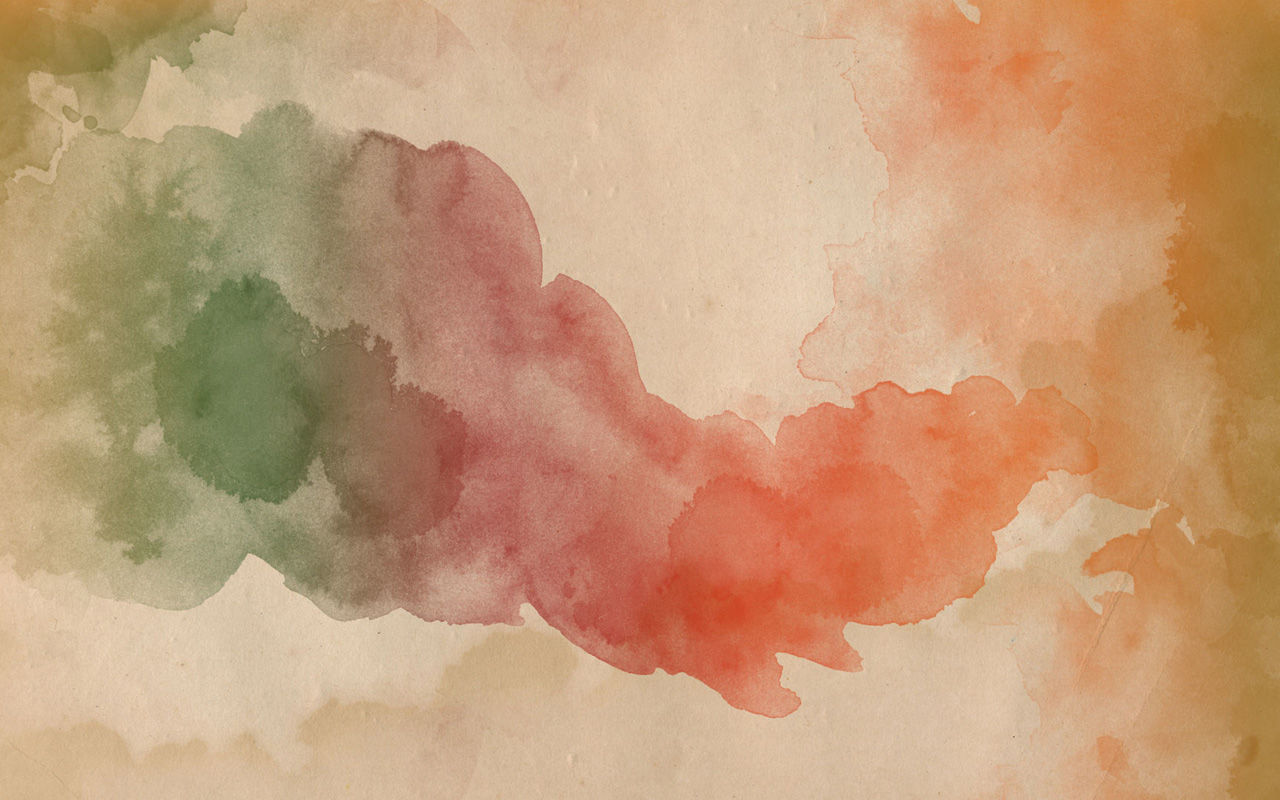Cloisonnism is a small episode with a great influence on the development of contemporary art
- Yuliana Arles

- Feb 28, 2021
- 2 min read
Updated: Oct 26, 2024
At the end of the 19th century, artists are gradually recovering from the "dumping shock" provoked by the invention of photography in 1839, and are beginning to look for different ways to return the viewer's attention to their work. They understand that in the current situation, only colour is the main advantage of painting over photography.

During the early modernism period, colour became a cult. In search of various ways to express all the richness and brightness of colour, artists turn to masters of different eras. Therefore, in 1887, two young Frenchmen, Émile Bernard and Louis Anquetin, inspired by the technique of Gothic stained-glass, developed their own manner of painting - cloisonnism. The term comes from the French word cloison, which means a partition.
The main features of the cloisonnism technique.
A characteristic feature of the cloisonné technique is a kind of decorative effect - the division of the canvas into planes that are filled with bright chromatic colours and outlined with a thick line. At the same time, in addition to using pure saturated colour, artists, to enhance the perception of the image, deliberately distort the familiar perspective of space by raising the horizon line.
Paul Gauguin wrote part of his best works in the cloisonne technique.
„Colour being enigmatic in itself.... then to be logical we cannot use it any other way than enigmatically." Paul Gauguin
The period of cloisonnism lasted for a relatively short time, but its importance cannot be underestimated. This technique formed the basis of future synthetism, thereby playing its small, but no less significant, role in the development of contemporary art.

(1) On the left - painting by Louis Anquetin (At the circus, 1887) - 670 000 USD (sold at Sotheby's, May 6, 2015);
(2) On the right - painting by Émile Bernard (Le salon. 1890-1892) - 1 322 500 Euro was acquired by the Dallas Museum of Art (sold at Christie's, March 24, 2017)













Comments